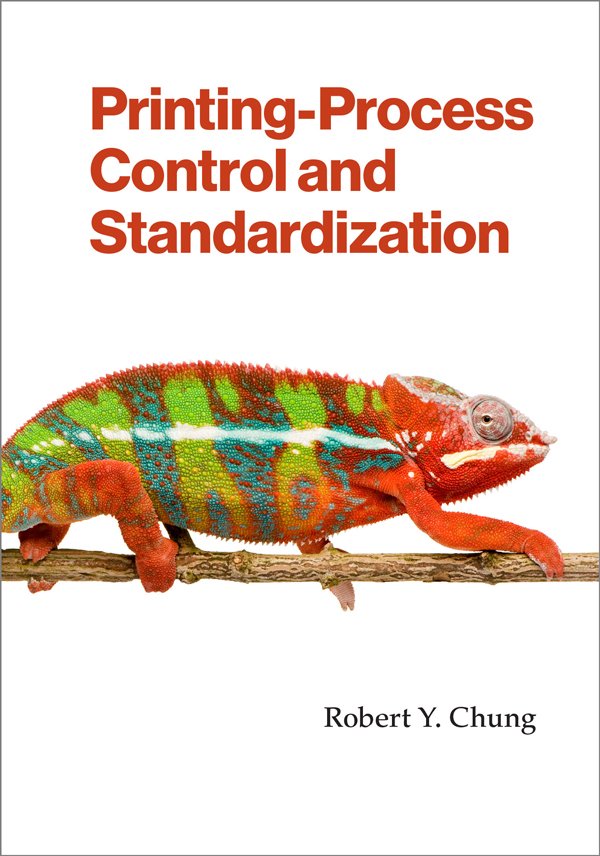
Control and standardisation are two difficult goals to achieve in printing, especially when it relates color. In each of the printing processes there are more than 150 variables, and every variable ultimately affects ink transfer to the substrate – hence a great need for process standardization.
Robert Y Chung the author of one of the latest books on the subject Printing-Process Control and Standardization has over 36 years of teaching experience at the Rochester Institute of Technology. He unfolds the history of colour management and process standardisation to the present and gives a thorough explanation of various ways it has, and can, be achieved.
The book starts with explanations of densitometry, colorimetry, ICC color management before the explanation on standards. Chung explains that there are the following categories of standards around the world and also explains how they differ but are trying to achieve the same basic reproduction criteria established now and over the past 100 years.
1. Industry level, e.g., SWOP, GRACoL, G7 (USA0, Fogra, bvdm (Germany), Ugra (Switzerland), BPIF (UK)
2. National level, ANSI, CGATS in USA
3. International level, ISO / TC130
The ISO / TC 130 (which the Bureau of Indian Standards MSD 6 interacts with), has eleven working groups, and each standard goes thorough seven stages from initiation to final publication.
To implement the standards, ‘conformity of print production’ is required based on statistical process control. This process has to be based on deviation from standards as well as production variation. The difference between the two is nicely explained in the book. Material testing, process standardization, and personnel training are key factors to be successful in these efforts. However, it is stated that there has been a decline in the number color process standards certified printers globally, and certification is basically driven by the print buyers if they insist. The current total number of certified printers are around 3,000 globally. Following are the present certification bodies worldwide –
Brazil – ABTG
France – UNIC
Germany – bvdm, Fogra, Heidelberg ISO 12647-2
Italy – CertiPrint, cmyQ
Japan – JPMA
Netherland – SCGM
Sweden – CGP
Switzerland – Ugra
UK – PMC, BPIF, Mellowcolour
USA – G7, PSA, GMI, X-Rite Pantone
The book also explains how the projects are undertaken at the RIT and this should be of great interest to the print faculty as well as students all over the world. The book is highly recommended for every one involved in graphic arts and printing activities.
Kiran Prayagi can be reached at kprayagi@gmail.com








